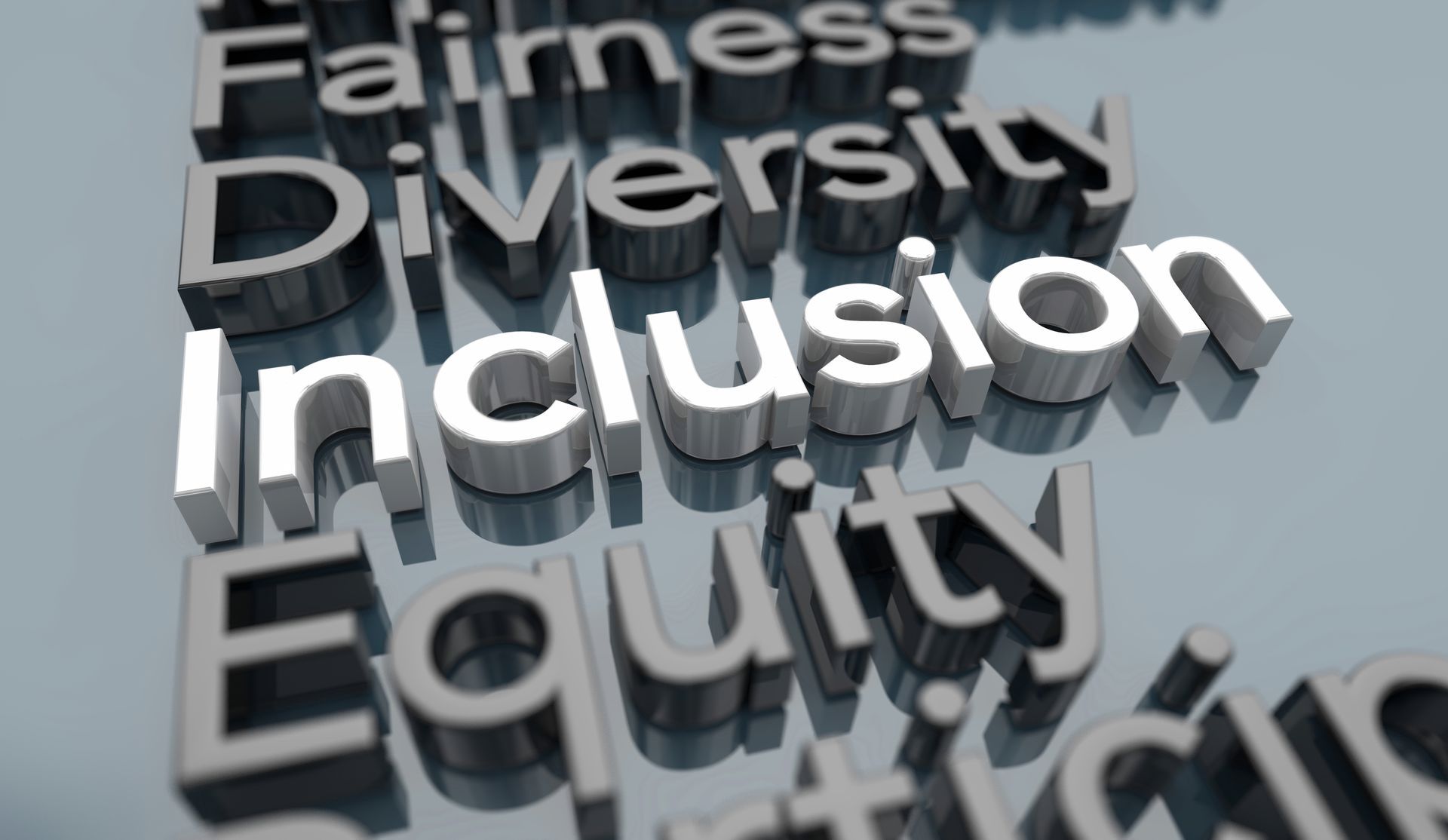
In the rapidly evolving landscape of the 21st century, the proliferation of artificial intelligence (AI) and automation technologies is reshaping the world of work.
Traditional approaches to career development and talent management, often anchored in academic credentials and past job titles, are increasingly inadequate.
Instead, a "skills-first" strategy is emerging as a critical paradigm, emphasizing the importance of specific skills and competencies over formal qualifications.
This comprehensive guide aims to provide a detailed roadmap for designing and implementing a skills-first strategy, highlighting its significance in the AI era.
We will explore the key principles, methodologies, and best practices necessary to cultivate a workforce that is agile, adaptable, and future-ready.
Through this exploration, we hope to motivate leaders, HR professionals, and individuals to embrace a skills-first approach, fostering a culture of continuous learning and innovation.
The Importance of a Skills-First Strategy in the AI Era
The Changing Nature of Work
The AI era is characterized by rapid technological advancements that are transforming industries at an unprecedented pace.
Automation, machine learning, and data analytics are not only changing how tasks are performed but also redefining the very nature of work.
In this dynamic environment, the half-life of skills is shrinking, meaning that the relevance of a given skill set diminishes more quickly than ever before.
A skills-first strategy acknowledges this reality and focuses on identifying, developing, and leveraging the specific skills that are most relevant to current and future job roles.
By prioritizing skills over traditional credentials, organizations can better adapt to technological changes and remain competitive.
Bridging the Skills Gap
One of the most pressing challenges in today's job market is the skills gap—the disparity between the skills employers need and those possessed by the workforce.
This gap is particularly pronounced in fields such as AI, cybersecurity, and data science, where the demand for specialized skills far outstrips supply.
A skills-first approach directly addresses this issue by emphasizing the development of relevant skills and competencies.
This can involve upskilling and reskilling initiatives, targeted training programs, and partnerships with educational institutions.
By focusing on skills, organizations can more effectively bridge the gap and ensure they have the talent necessary to thrive in the AI era.
Enhancing Workforce Agility
In an era marked by constant change and uncertainty, workforce agility—the ability to quickly adapt to new challenges and opportunities—is a critical asset.
A skills-first strategy fosters this agility by promoting a culture of continuous learning and development.
Employees are encouraged to acquire new skills and competencies, enabling them to pivot to new roles and responsibilities as needed.
This approach not only benefits individual employees but also enhances organizational resilience.
Companies with agile workforces are better equipped to navigate disruptions, innovate, and seize emerging opportunities.
Key Principles of a Skills-First Strategy
1. Skills Mapping and Analysis
The foundation of a skills-first strategy is a thorough understanding of the skills landscape within the organization.
This involves conducting a comprehensive skills mapping and analysis exercise to identify the skills currently available, those in demand, and any gaps that need to be addressed.
Methodological Instructions:
• Conduct Skills Inventories: Survey employees to gather data on their current skills and competencies. Use self-assessment tools, manager evaluations, and peer reviews to ensure a comprehensive inventory.
• Analyze Job Roles: Break down job roles into their constituent tasks and responsibilities. Identify the specific skills required for each role and map them against the skills inventory.
• Identify Skills Gaps: Compare the current skills inventory with the skills required for existing and future job roles. Highlight any gaps that need to be addressed through training or hiring.
2. Continuous Learning and Development
A skills-first strategy places a premium on continuous learning and development.
In the AI era, the need for lifelong learning is more critical than ever, as employees must continually update their skills to keep pace with technological advancements.
Methodological Instructions:
• Create Learning Pathways: Develop clear and accessible learning pathways for employees at all levels. This can include online courses, workshops, certifications, and on-the-job training.
• Promote a Learning Culture: Encourage a culture where learning is valued and supported. Provide time and resources for employees to pursue professional development.
• Leverage Technology: Utilize AI-powered learning platforms and personalized learning experiences to enhance the effectiveness of training programs.
3. Competency-Based Talent Management
In a skills-first strategy, talent management practices—such as recruitment, performance evaluation, and career development—are based on competencies rather than traditional credentials.
This approach ensures that the right skills are prioritized and recognized.
Methodological Instructions:
• Competency-Based Recruitment: Design job descriptions and interview processes that focus on the specific skills and competencies required for the role. Use skills assessments and practical tests to evaluate candidates.
• Performance Management: Implement performance evaluation systems that assess employees based on their competencies and contributions. Provide regular feedback and support for skill development.
• Career Development: Offer clear career pathways that are based on skills and competencies. Provide opportunities for lateral moves and cross-functional experiences to broaden employees' skill sets.
4. Collaboration and Knowledge Sharing
A skills-first strategy thrives in an environment where collaboration and knowledge sharing are encouraged.
By leveraging the collective expertise of the workforce, organizations can more effectively develop and deploy critical skills.
Methodological Instructions:
• Encourage Cross-Functional Teams: Create opportunities for employees from different departments to work together on projects. This promotes the sharing of diverse skills and perspectives.
• Implement Knowledge Management Systems: Use technology to capture and share knowledge within the organization. Create repositories of best practices, case studies, and learning resources.
• Foster Mentorship and Coaching: Establish mentorship and coaching programs to facilitate knowledge transfer and skill development. Pair experienced employees with those looking to develop new competencies.
Implementing a Skills-First Strategy
Assessing Organizational Readiness
Before embarking on the implementation of a skills-first strategy, it is essential to assess the organization's readiness.
This involves evaluating the current state of the workforce, existing learning and development programs, and the organizational culture.
Methodological Instructions:
• Conduct Readiness Assessments: Use surveys, interviews, and focus groups to gather insights into the current state of skills and learning within the organization.
• Evaluate Learning Programs: Review existing training and development programs to identify strengths and areas for improvement. Assess their alignment with the skills-first approach.
• Analyze Organizational Culture: Assess the organization's culture to determine its readiness for a skills-first strategy. Identify any cultural barriers that may need to be addressed.
Developing a Skills-First Implementation Plan
With a clear understanding of the organization's readiness, the next step is to develop a detailed implementation plan.
This plan should outline the key initiatives, timelines, and resources required to successfully implement the skills-first strategy.
Methodological Instructions:
• Set Clear Objectives: Define the specific objectives and outcomes you aim to achieve with the skills-first strategy. Ensure these objectives are aligned with the organization's overall goals and priorities.
• Identify Key Initiatives: Outline the key initiatives and projects that will drive the implementation of the skills-first strategy. This can include skills mapping exercises, training programs, and technology investments.
• Allocate Resources: Identify the resources—both financial and human—required to support the implementation. Ensure there is adequate funding and staffing to execute the plan effectively.
• Establish Timelines: Develop a realistic timeline for the implementation of the skills-first strategy. Set clear milestones and deadlines for each phase of the project.
Engaging Stakeholders
Successful implementation of a skills-first strategy requires the engagement and support of key stakeholders, including senior leaders, HR professionals, managers, and employees.
Effective communication and collaboration are essential to ensure buy-in and alignment.
Methodological Instructions:
• Communicate the Vision: Clearly articulate the vision and rationale for the skills-first strategy to all stakeholders. Highlight the benefits and importance of the approach in the AI era.
• Engage Leaders: Secure the commitment and support of senior leaders. Ensure they champion the skills-first strategy and allocate the necessary resources.
• Involve Managers: Engage managers in the implementation process. Provide them with the tools and training needed to support their teams in developing and leveraging skills.
• Empower Employees: Encourage employees to take ownership of their skills development. Provide them with the resources and support needed to pursue continuous learning.
Leveraging Technology
Technology plays a crucial role in the successful implementation of a skills-first strategy.
From AI-powered learning platforms to data analytics tools, leveraging technology can enhance the effectiveness and efficiency of skills development initiatives.
Methodological Instructions:
• Implement Learning Platforms: Invest in modern learning management systems (LMS) that offer personalized and adaptive learning experiences. Utilize AI to recommend relevant courses and resources based on individual learning needs.
• Use Skills Assessment Tools: Deploy skills assessment tools to evaluate the current skills and competencies of employees. Use the data to identify gaps and inform training programs.
• Leverage Data Analytics: Use data analytics to track and measure the impact of the skills-first strategy. Monitor key metrics such as skills acquisition, employee performance, and career progression.
Monitoring and Evaluation
Continuous monitoring and evaluation are essential to ensure the ongoing success and improvement of the skills-first strategy.
Regularly assessing the effectiveness of initiatives and making data-driven adjustments will help sustain momentum and achieve desired outcomes.
Methodological Instructions:
• Establish KPIs: Define key performance indicators (KPIs) to measure the success of the skills-first strategy. Examples of KPIs include the number of employees upskilled, improvement in job performance, and employee satisfaction with training programs.
• Conduct Regular Reviews: Schedule regular reviews to assess the progress and impact of the skills-first strategy. Use data and feedback to identify areas for improvement and make necessary adjustments.
• Solicit Feedback: Gather feedback from employees, managers, and other stakeholders on the effectiveness of the skills-first initiatives. Use surveys, interviews, and focus groups to collect insights and suggestions.
• Continuously Improve: Based on the feedback and data collected, continuously refine and improve the skills-first strategy. Stay agile and responsive to changing needs and technological advancements.
In the AI era, the ability to adapt and thrive hinges on a workforce that is skilled, agile, and continuously learning.
A skills-first strategy offers a powerful framework for developing and leveraging the skills necessary to navigate this dynamic landscape.
By prioritizing skills over traditional credentials, organizations can bridge the skills gap, enhance workforce agility, and remain competitive in an ever-changing world.
Implementing a skills-first strategy requires a methodical and comprehensive approach, encompassing skills mapping, continuous learning, competency-based talent management, and the effective use of technology.
With the right strategies and commitment, organizations can foster a culture of innovation and resilience, empowering their employees to succeed in the AI era.
By embracing a skills-first approach, we not only prepare for the future of work but also create a more inclusive and equitable workforce, where opportunities are based on capabilities and potential rather than credentials.
As we move forward in the AI era, let us champion the skills-first strategy as a catalyst for growth, innovation, and success.










